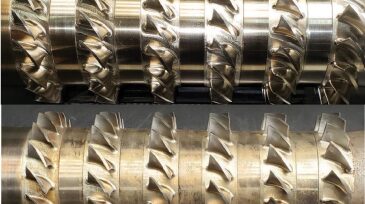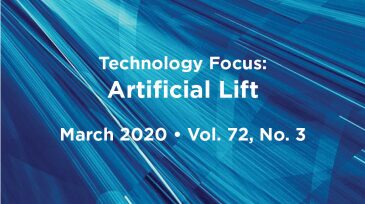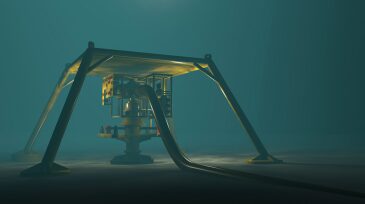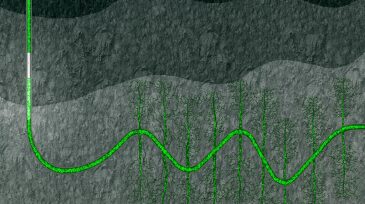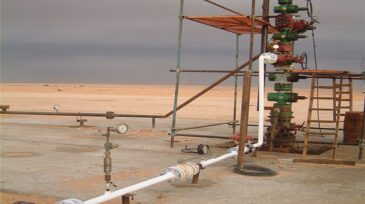Artificial lift
Whether it’s reviving inactive gas-condensate wells or identifying overlooked reserves in brownfields, operators are making the most of older wells and fields.
Sponsored
Electrical submersible pumps (ESPs) are the backbone of artificial lift operations, enabling the extraction of hydrocarbons from challenging reservoirs. However, their effectiveness is often compromised by the extreme downhole environment, characterized by soaring temperatures, high pressures, and exposure to aggressive fluids.
ExxonMobil developed an automated system to identify nonproductive and underperforming Permian Basin wells and prioritize high-volume wells to return to production.
-
A downhole compressor solution based on advanced magnetic technologies completed its first field trials in an unconventional gas well. It resulted in a 62% increase in gas production and significant increase in liquid production compared to using a rod pump previously in the well
-
Just as the unconventional revolution has transformed our industry during the past decade, it has also dominated the world of artificial lift. In fact, it can be difficult to find an artificial lift paper these days that does not address, in some way, artificial lift systems in unconventional wells.
-
Natural-gas wells suffer from liquid loading if the gas-flow rate is insufficient to carry liquids to the surface. Because of the technique’s many advantages, plunger lift has been used widely in gas wells for the removal of liquid columns and the rescue of dying gas wells from liquid loading.
-
This paper presents the results of a 3-year project aimed at mass field implementation of ultrahigh-speed (UHS) electric submersible pump (ESP) systems in western Siberia.
-
The complete paper explains the steps taken to improve surveillance of beam pumps using dynamometer-card data and machine-learning techniques and reviews lessons learned from executing the operator’s first artificial intelligence project.
-
This paper identifies potentially significant hidden value of subsea multiphase boosting technology, or aspects of it that have not received adequate attention during the field-development decision-making process.
-
The motto of the Olympic Games is “Citius, Altius, Fortius,” Latin for “faster, higher, stronger,” which emphasizes the concept of pushing the limits. As an engineer, that approach really speaks to me—and offshore installations, and especially offshore tiebacks, illustrate that concept very well.
-
Eni conducted a research project to explore the maturity of new technologies to enable economical development of deepwater prospects with tieback distances longer than 50 km and 150 km, respectively, for oil and gas fields.
-
SponsoredLiquid loading is declining the production rates and limiting the ultimate recovery of shale gas wells. This article explains how subsurface compression can remove liquids from the horizontal and vertical wellbores and increase one operator’s production by 67%.
-
Hassi Messaoud is a mature oil field with more than 1,100 production wells. Approximately half of the wells are natural flow and the other half use continuous gas lift (CGL) with concentric (CCE) strings.




